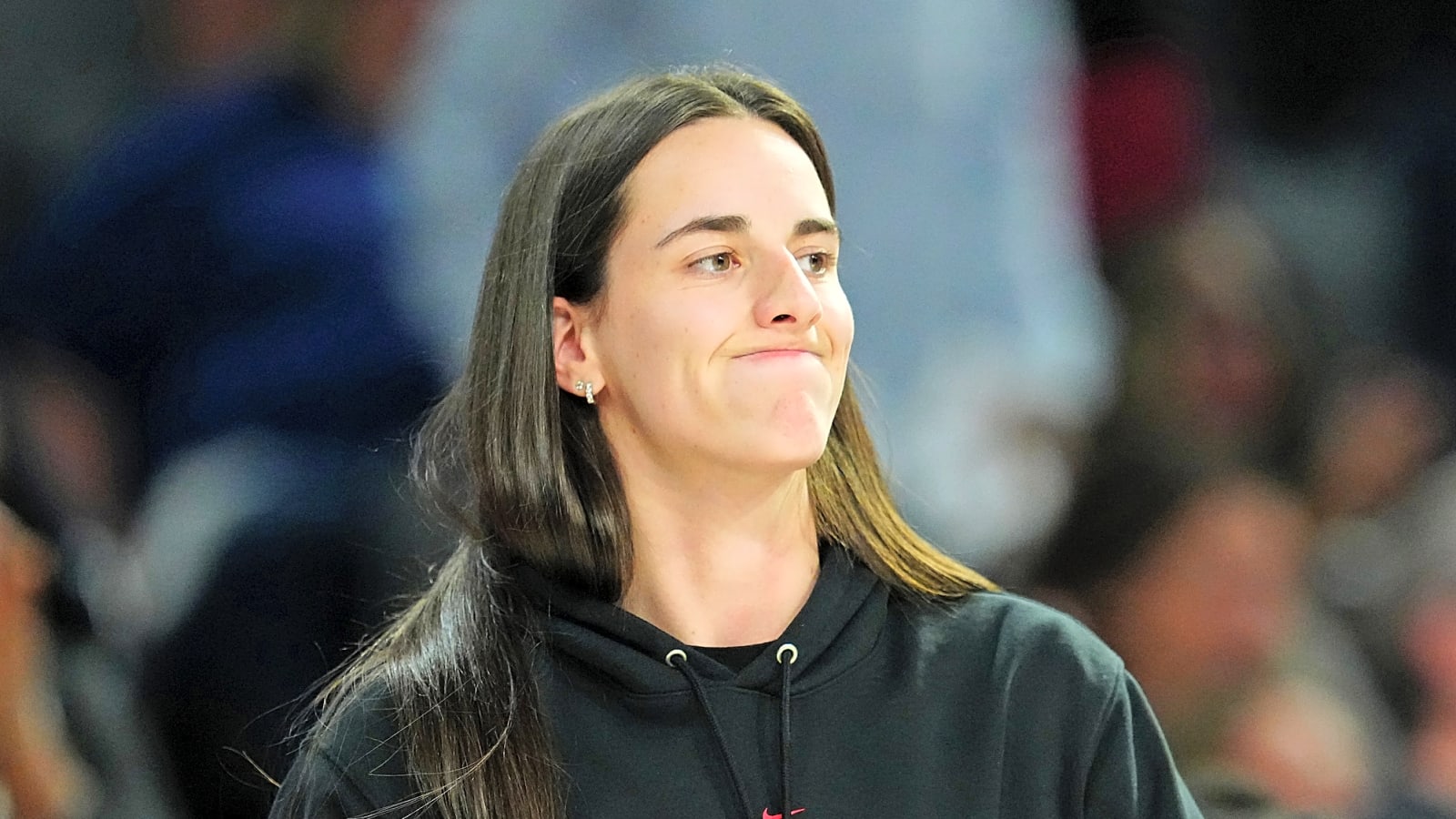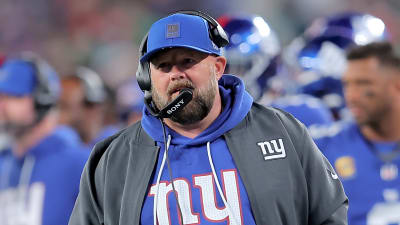
With the emergence of Caitlin Clark, the WNBA's profile has never been higher, leading to major sponsorship deals and growing fan engagement. Stars such as Breanna Stewart, A'ja Wilson and Sabrina Ionescu are becoming household names, and games are drawing larger crowds both in arenas and online streams.
With the players on Team Clark and Team Collier warming up for the 2025 WNBA All-Star Game in "Pay Us What You Owe Us" T-shirts, the question remains: How much do WNBA players actually earn? Let's break down what players make and how WNBA pay has evolved over the years.
What Is the Average WNBA Salary in 2025?
As of the 2025 season, the average base salary for WNBA players is $102,249. This reflects the league's growth in revenue and popularity, though it remains significantly lower than that of the average NBA player.
The WNBA operates under a hard salary cap, with the 2025 team salary cap set at $1,507,100. This cap has been increasing by about 3% annually. The WNBA's revenue-sharing model allocates 9.3% of the league's basketball-related income (BRI) to player salaries, which has been a point of contention during recent collective bargaining negotiations.
Compared with past seasons, WNBA player salaries have gradually increased. The top salary jumped from $117,500 in 2019 to $215,000 in 2020, a rise of almost 83%. In 2025, there are four players making over $240,000 in salary, per Her Hoop Stats.
WNBA Salary Structure Explained
-
Rookie Scale
Eligibility: First-round draft picks (four years) Annual Salary: Anywhere from $72,455 in the first year to $100,510 in the fourth -
Regular Max
Eligibility: Players entering their fifth year or later Annual Salary: $214,466 -
Supermax
Eligibility: Players signing a rookie extension or five-plus years of service while signing with their current team Annual salary: $249,244 -
Core Designation
Eligibility: Teams can designate one player per year for exclusive negotiating rights Salary: Up to the supermax -
Veteran Minimum
Eligibility: Players with three-plus years of service Annual Salary: $78,831 -
Rookie Minimum
Eligibility: Players with zero to two years of service Annual Salary: $66,079
(Note: All salaries reflect the WNBA collective bargaining agreement signed in January 2020.)
Rookie Salaries in the WNBA
The WNBA's rookie salary structure is determined by the league's CBA and is tiered based on draft position.
- Nos. 1-4: These players earn a total of $348,198 over four years, with the first-year salary set at $78,831.
- Nos. 5-8: These players receive a total of $334,115 over four years, with the first-year salary set at $75,643.
- Nos. 9-12: The total contract value for these players is $320,040, with a first-year salary of $72,455.
Salary Comparison with NBA Rookies
When compared to NBA rookie salaries, the difference is night and day. The first overall pick in the 2024 NBA Draft, Victor Wembanyama, signed a four-year contract worth almost $55.2 million, averaging nearly $13.8 million per year. Meanwhile, the face of the WNBA, Clark, earned $76,535 in her rookie season, with a total four-year contract worth $338,056.
Maximum and Supermax WNBA Contracts
The two main tiers WNBA players aim for are the maximum and supermax salaries. The supermax specifically rewards veteran players for staying with the same team.
Maximum Salary
- Amount: $214,466 per year
This salary tier is available to veteran players who have not been designated for a supermax.
Supermax Salary
- Amount: $249,244 per year
The supermax represents the top pay level in the WNBA and is reserved for elite players who either sign a rookie extension or have at least five years of service and remain with their current team.
Notable Players on Supermax Contracts (Total Cash)
- Kelsey Mitchell (Indiana Fever): $269,244
- Jewell Loyd (Las Vegas Aces): $249,032
- Arike Ogunbowale (Dallas Wings): $249,032
Reasons Some Stars Don't Take Supermax Contracts
While the supermax offers the highest salary, some stars choose to sign contracts at (or below) the max instead. Reasons for this decision include:
- Team Salary Cap Flexibility: Opting for a lower salary allows teams to allocate more resources to building a supporting cast. An example of this would be Stewart, who agreed in March 2025 to less than a supermax to help the New York Liberty pay for a competitive roster.
- Contract Timing: Players may choose a shorter, smaller contract if they anticipate a higher salary in future seasons. With a new CBA coming up — and the league signing an 11-year media rights package worth an average of $200 million a year — it's likely that salaries will be higher in the future.
- Personal Preferences: Some players have to take lower salaries in order to prioritize factors such as team culture, location or personal circumstances. Brittney Griner left the Phoenix Mercury after 11 seasons and went to the Atlanta Dream in January 2025, potentially taking a pay cut in order to prioritize the team, the players as individuals and her family.
How Do WNBA Salaries Compare to the NBA?
While both leagues feature some of the biggest stars in sports, the disparity in player compensation between the WNBA and NBA is stark.
Average Salaries
- NBA: The average salary for an NBA player in the 2025-26 season is expected to be nearly $14 million, with a median salary of approximately $8 million.
- WNBA: In contrast, the average salary for a WNBA player in 2025 is $102,249, with the highest-paid players earning up to $249,244 in base salary.
Top base salaries in the WNBA include players such as Mitchell ($249,244), Loyd ($249,032), and Ogunbowale ($249,032). However, NBA stars like Stephen Curry ($59.6 million), Joel Embiid ($55.2 million) and Nikola Jokic ($55.2 million) will earn more than 200 times as much during the 2025–26 season.
Collective Bargaining Agreements and Revenue Sharing
- NBA: NBA players receive approximately 49 to 51% of the league's BRI.
- WNBA: Meanwhile, WNBA players receive 9.3% of the league's BRI, a share they have publicly criticized.
The stark gap in salaries and revenue sharing between the NBA and WNBA has fueled ongoing debates over fair pay.
While offseason overseas contracts, off-court endorsements and more recently, earnings from Napheesa Collier and Stewart’s Unrivaled league help supplement their income, WNBA players continue to advocate for higher pay and a larger share of BRI as the league’s profile rises.
More must-reads:
- Yankees provide big injury updates on Aaron Judge, Carlos Rodon
- Buccaneers get positive update on star WR ahead of Lions game
- The '2024 TD catch leaders by team' quiz
Breaking News
Trending News
Customize Your Newsletter
 +
+
Get the latest news and rumors, customized to your favorite sports and teams. Emailed daily. Always free!








